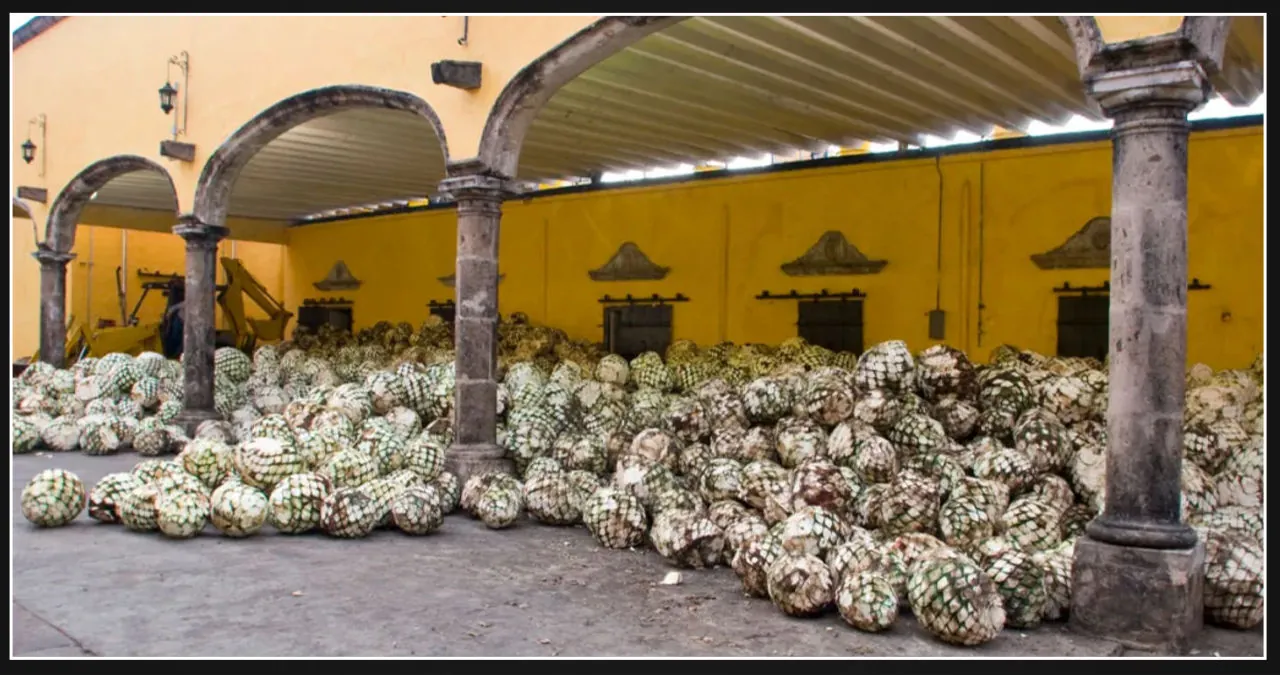Tequila has been the go-to alcoholic beverage for many drinkers in the U.S. in recent years, surpassing American whiskey in terms of sales. However, it seems that the demand for agave spirits is starting to slow down, as reported by the Financial Times. This slowdown has resulted in a surplus of spirits for producers in Mexico, who may struggle to find buyers for their products.
The CRT (Mexico’s Tequila Regulatory Council) has revealed that there is currently a surplus of approximately half a billion liters of tequila, as reported by the Times. This surplus includes tequila that is still aging in barrels or ready to be bottled in steel vats. Analyst Trevor Stirling from Bernstein suggests that the tequila industry is heading towards a turbulent 2025 due to the excess production.
The decline in demand for spirits, particularly in the premium and ultra-premium price range, is one of the contributing factors. Consumers are now opting for more affordable options, despite the availability of low-cost tequila brands. However, it is worth noting that the growth of the tequila industry has largely been driven by high-end brands, many of which have celebrity endorsements.
According to IWSR, a drinks analysis company, there was a 3 percent decrease in spirits sales in the U.S. in 2024 compared to the previous year. Tequila, in particular, experienced a significant impact, as its consumption rose by 17 percent in 2021, but slowed down to four percent in 2023 and decreased by over one percent last year. The Times reports that two-thirds of all tequila is exported, with about 80 percent going to the U.S. (Spain and Germany follow, but each only account for 2 percent).
Mexican farmers are also facing financial hardships due to the decline in tequila sales. Reports indicate that agave prices have dropped to approximately six to eight pesos per kilo for farmers with contracts, and as low as two pesos for those without contracts. Given the slump in sales, it won’t be surprising if brands seize the opportunity to purchase cheap agave for distillation.
It is uncertain whether Trump’s proposed tariffs on Mexican imports will be implemented, but they could potentially impact tequila sales if even affordable options face price increases. While CRT president Ramón González downplayed this possibility to the FT, it is worth considering the potential bias in his statements as his role involves promoting the industry.
There are critics who question the practices of the organization. González stated, “When he was president… he said exactly the same thing, that there would be tariffs et cetera. Not only did he not put taxes on alcoholic drinks, he lowered them.”
There may be significant changes in various spirits categories this year in terms of sales and trends. However, it is important to note that these changes may be temporary or necessary adjustments that reflect a more accurate reflection of supply and demand. We will keep you informed as these trends unfold. In the meantime, if you are not someone who has lost interest in the category, there are still plenty of fantastic new tequilas to explore and enjoy.

